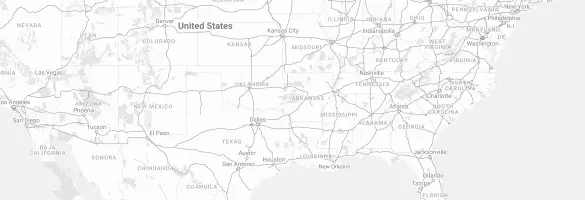
Excelerator® 8005
The 50' Excelerator® 8005 provides exceptional residue cutting, soil and residue mixing and seedbed preparation in one pass, utilizing an exclusive 4-step process.
The 50' Excelerator® 8005 provides exceptional residue cutting, soil and residue mixing and seedbed preparation in one pass, utilizing an exclusive 4-step process.
The Excelerator® XT 8010 provides XTended versatility. True vertical tillage is maintained with the 1° to 5° gang angle, while the XTended 6° to 8° gang angle offers more aggressive tillage action.

